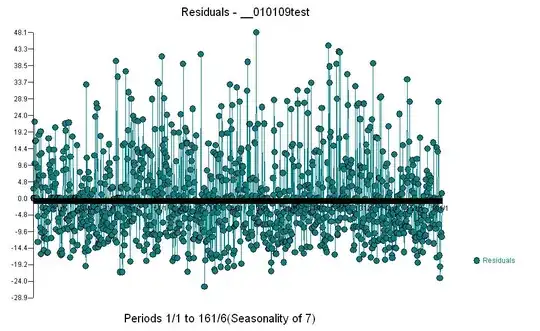With reference to Expected Prediction Error derivation - page 18, section 2.4 in Elements of Statistical Learning. Please refer text below:
I have been able to follow up to step 2.11. I am struggling to understand step 2.12 and 2.13.
My understanding:
- We intend to minimize EPE, as EX is constant, we focus on minimizing EY|X([Y-f(X)]2|X).
- Doubt in step 2.12: To minimize EPE, the difference between Y i.e. actual value and f(X) i.e. predicted value should be minimized. However, equation 2.12 is minimizing "c".
- Guide me on understanding this - my understanding is that with small c, [Y-c]2 will become larger.
- Additionally, I could not figure out development of 2.13 from 2.12.
Please correct me wherever my assumptions and/ or understanding is incorrect.
P.S.: I studied Probability (Tsitsiklis) and Linear Algebra (David C. Lay) before moving to ESL.
